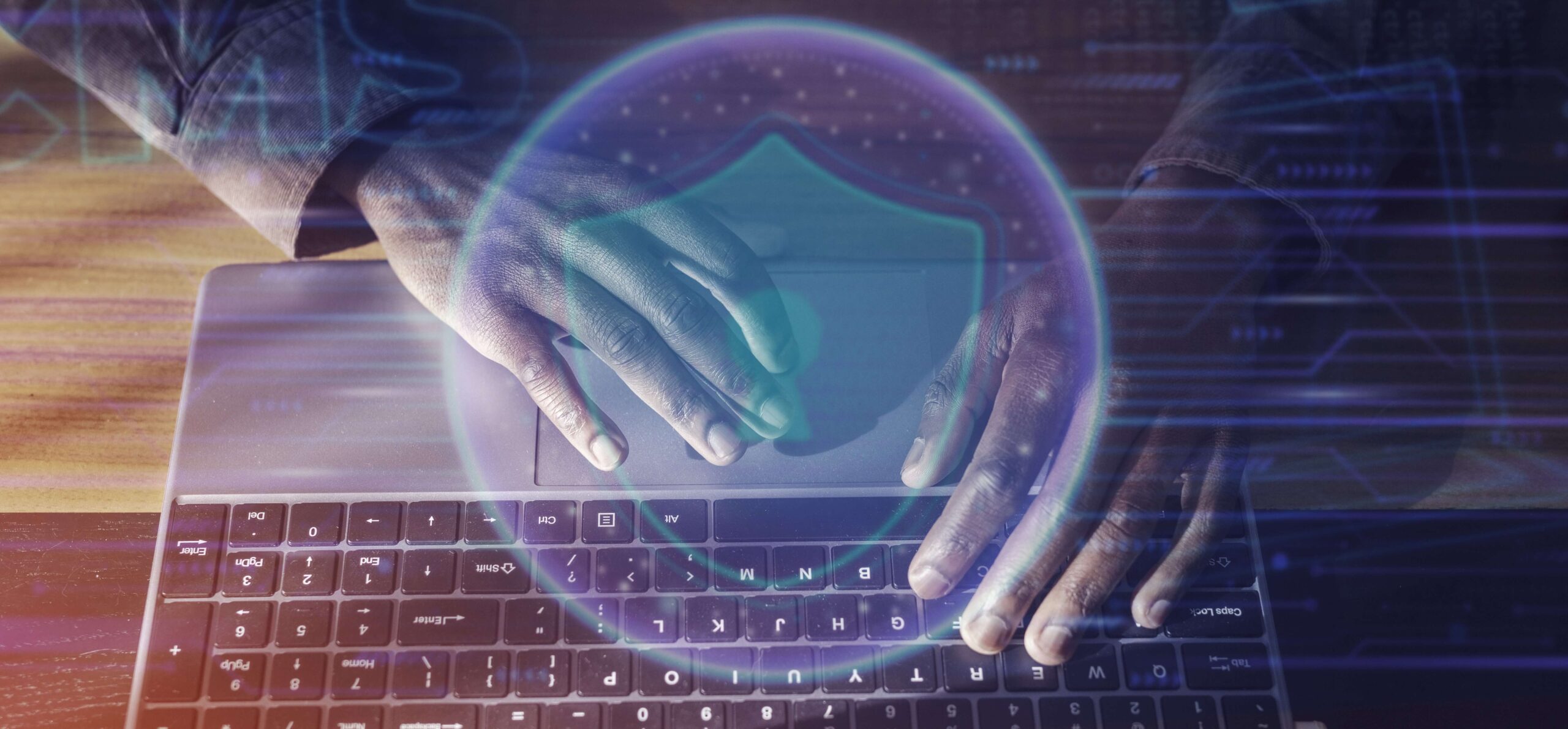Digital Forensics
Digital forensics is also known as computer forensics and it is the branch of forensics that deals with the examination and analysis of digital evidence found in electronic devices such as computers, smartphones, and other digital storage devices. For instance, Cyber Security teams may use digital forensics to identify the cybercriminals behind a malware attack, while law enforcement agencies may use it to analyze data from the devices of a murder suspect. The primary goal of digital forensics is to identify, preserve, and analyze digital evidence in a manner that is scientifically sound and admissible in a court of law.
Digital forensics plays a crucial role in investigating cybercrimes, data breaches, and other digital incidents. Digital evidence can provide valuable information and insights into the nature and extent of an incident and help to identify the individuals responsible. This information can be used to support legal proceedings and to prevent future incidents.
Digital Forensics and Incident response (DFIR): It is an emerging cybersecurity discipline that integrates computer forensics and incident response activities to accelerate the remediation of cyber threats while ensuring that any related digital evidence is not compromised.
Importance of Digital Forensics
In Present days Digital forensics plays an important role because with the rise in technology, the increase in digital crimes is inevitable. Just like in real life, people who use electronic devices leave behind different footprints, traces and makings. These virtual or digital traces could be file fragments, activity logs, timestamps, metadata, and so on.
The Digital forensics is a new discipline that investigates evidence from digital media such as computers, mobile phones, and networks. Forensic teams Analyse, evaluate, identify, and preserve digital evidence in order to assist in the investigation of technological crimes. Whether the data has been compromised by a cyberattack or files encrypted by ransomware, data forensic professionals can assist identify how the attack was occurred and what the consequences are.
Why Digital Forensic is important?
- Identifying the cause and possible intent of a cyberattack.
- Safeguarding digital evidence used in the attack before it becomes obsolete.
- Increasing security hygiene, retracing hacker steps, and finding hacker tools.
- Searching for data access/exfiltration.
- Identifying the duration of unauthorized access on the network.
- Geolocating the logins and mapping them.
The above-mentioned points are helpful for not only dealing with an attack but also helps you to investigating what kind of attack has been taken place and what information has been stolen. It’s Important to understand the attack properly so you can see what data was accessed.
The Role of Digital Forensics in Modern Investigations
The Digital forensics plays a pivotal role in various domains, including law enforcement, corporate investigations, incident response, and cybersecurity.
Law Enforcement
Digital forensics has become essential for law enforcement agencies when investigating cybercrimes like hacking, identity theft, child exploitation, and fraud. It allows investigators to collect evidence from digital devices such as computers, smartphones, and storage media. This evidence helps identify perpetrators, understand their motives, and build a solid case for prosecution.
Incident response
During cybersecurity incidents or data breaches, digital forensics is vital in the incident response process for organizations. Investigators examine compromised systems, pinpoint the attack source, track the breach’s origin, and assess the extent of harm caused. This data is crucial for containment, remediation, and implementing measures to prevent future incidents.
Cyber Security
Digital forensics is intricately connected to cybersecurity procedures. It assists in the detection and examination of malware, comprehending attack trends, and offering understanding into the methods and motives of threat actors. This knowledge contributes to the creation of strong defense tactics and the improvement of cybersecurity protocols to safeguard against forthcoming attacks.
Civil Litigation
In civil litigation cases like intellectual property disputes, employment disagreements, or contractual conflicts, digital forensics is frequently employed. It enables investigators to recover and scrutinize electronic evidence such as emails, documents, or digital communications. This evidence is used to either support or challenge claims, establish timelines, and present factual evidence during legal proceedings.
Fraud Investigations
In fraud investigations, especially those concerning financial crimes or embezzlement, digital forensics is crucial. Investigators utilize it to analyze digital transactions, scrutinize financial records, trace money trails, and detect suspicious patterns or irregularities. These insights are instrumental in uncovering complex fraud schemes, substantiating financial misconduct, and facilitating asset recovery.











